Stanaway JD, Flaxman AD, Naghavi M, Fitzmaurice C, Vos T, Abubakar I, et al. The global burden of viral hepatitis from 1990 to 2013: findings from the global burden of disease study 2013. Volume 388. Lancet; 2016. p. 1081. (London, England).
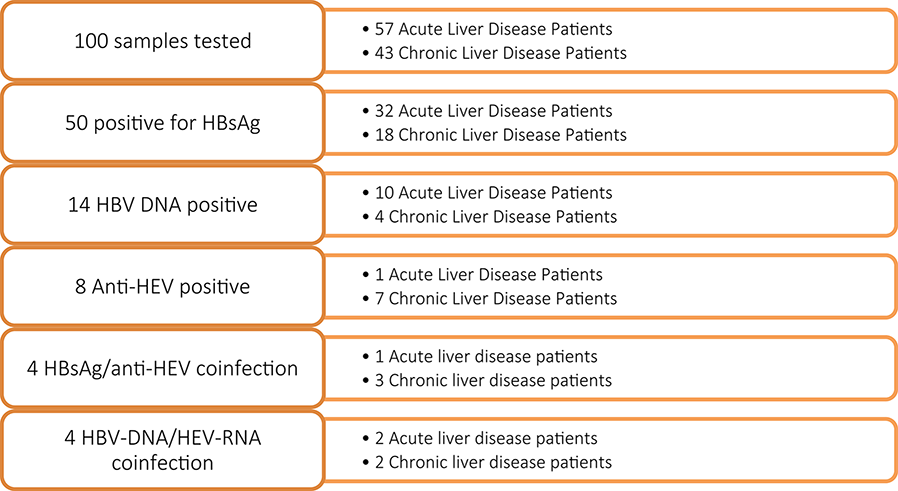
Stanaway JD, Flaxman AD, Naghavi M, Fitzmaurice C, Vos T, Abubakar I, et al. The global burden of viral hepatitis from 1990 to 2013: findings from the global burden of disease study 2013. Volume 388. Lancet; 2016. p. 1081. (London, England).
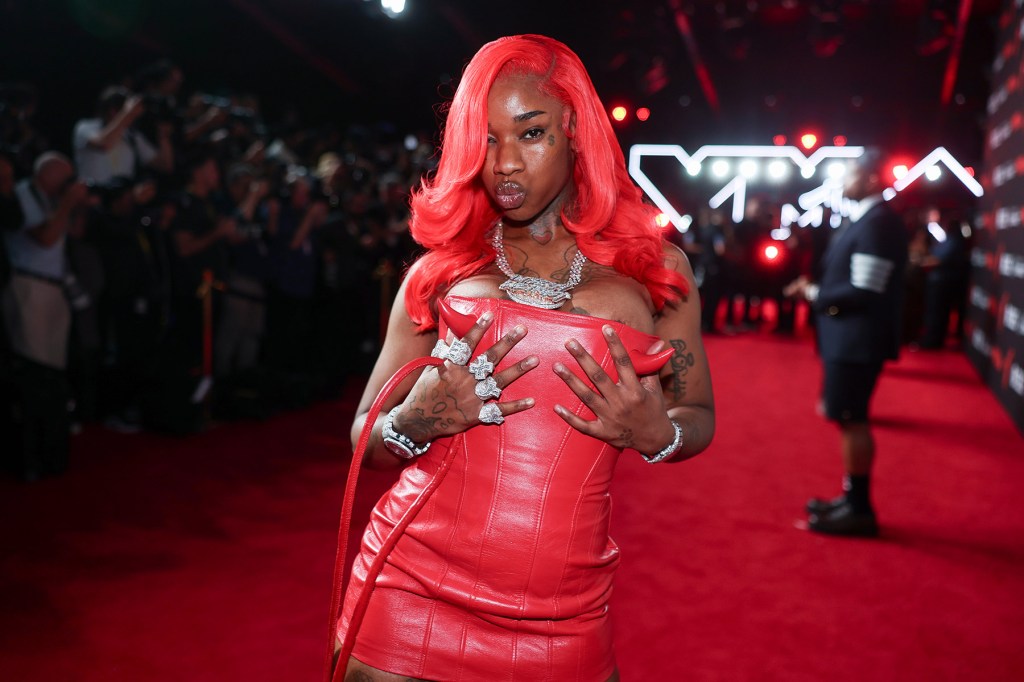
Sexyy Red has officially joined the lineup for Rolling Loud Australia 2026. The breakout rapper was announced as the second artist for the festival’s return, following last week’s confirmation of Gunna as the first headliner.
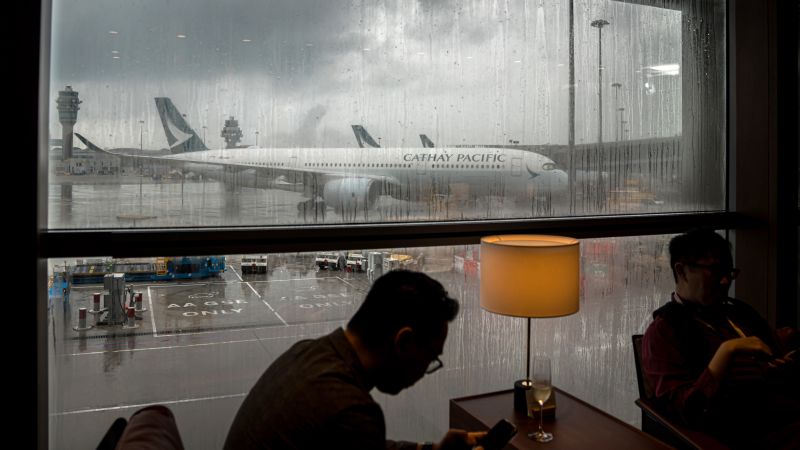
Hong Kong
—
Qatar Airways will sell its stake in Cathay Pacific Airways for $896 million, ending its eight-year shareholding in Hong Kong’s flagship carrier.
The Doha-based airline approached Cathay about selling its entire 9.6% holding, which Cathay will buy back at $1.4 per share – subject to the approval of its independent shareholders, according to its Wednesday filing.
The state-owned flag carrier of Qatar became Cathay’s third-largest shareholder in 2017 when it acquired the stake from Hong Kong-based Kingboard Chemical Holdings and other companies for $662 million. The purchase was the first investment by a Middle Eastern carrier in an East Asian airline.
“Following a period of record profitability and strong performance, this decision is part of a proactive strategy to optimise our investments and position the group for long-term growth,” said Qatar Airways CEO Badr Mohammed Al-Meer in a statement released by Cathay on Wednesday.
Upon the completion of the buyback, the holdings of Cathay’s two largest shareholders, Swire Pacific and Air China, will increase to 47.7% and 37.8%, respectively.
Cathay’s chairman Patrick Healy said the buyback reflects the company’s “confidence” in its future, stressing its commitment to growth through a $12.9 billion investment in its fleet and lounges over the course of seven years, as announced last year.
Cathay and Qatar said they will continue to collaborate through existing codeshare and alliance agreements. Both airlines are members of Oneworld, one of the three major global airline alliances.
Qatar Airways has invested in multiple airlines around the world over the last decade. In 2019, it purchased a 5% stake in China’s largest carrier, China Southern Airlines, shares it continues to retain. The Qatari company also owns a 25% share of the International Airlines Group, the parent of British Airways, Spain’s Iberia, Ireland’s Aer Lingus and other, lower-cost carriers.
Earlier this year, it bought a 25% stake in Virgin Australia, and it is in the final stages of completing a 49% equity investment into Rwandan flag carrier RwandAir.
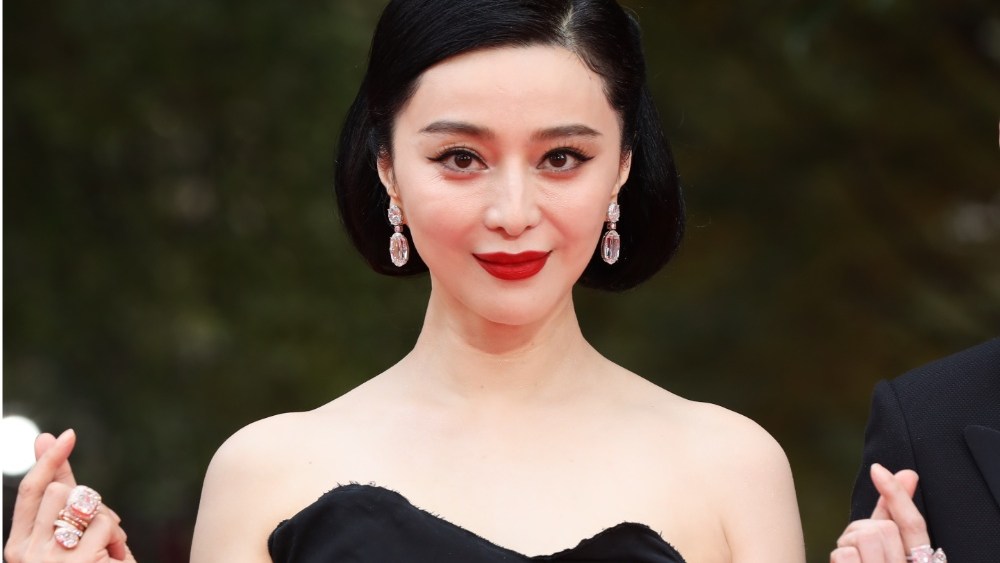
The 38th Tokyo International Film Festival and its industry market TIFFCOM unfolded under clearer skies than last year’s typhoon-soaked edition, and the mood matched the weather. From Oct. 27 to Nov. 5, the festival filled venues across the…

Last Updated:
Abhishek Sharma (left) and Varun Chakaravarthy (PTI Photo)
Abhishek Sharma has…
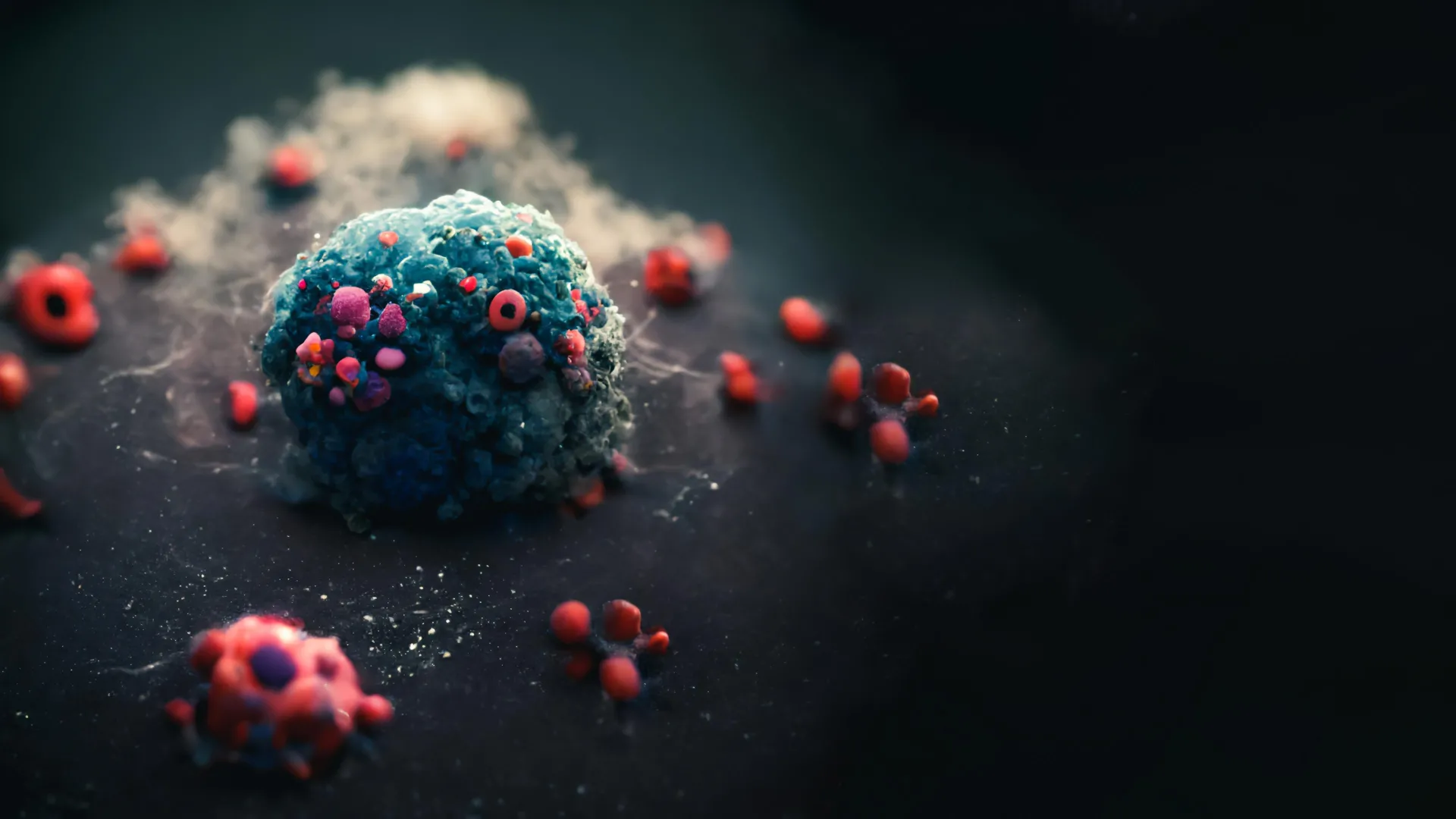
In a major step toward improving cancer treatment, researchers at Northwestern University have redesigned the molecular structure of a widely used chemotherapy drug, making it far more soluble, potent, and less toxic to the body.
The scientists…
![[CIIE] PAMA: Century-Old Italian Machine Tool Maker Shows Products Made in China at CIIE](https://afnnews.qaasid.com/wp-content/uploads/2025/11/5SQqAtkw43LjIq2ROd3lqFK7opaeEpRmwItEnlGR.jpeg)
(Yicai) Nov. 5 — PAMA’s Speedmat horizontal boring and milling machine, produced by the Italian machine tool manufacturer at its plant in Lingang Special Area, a key testing ground for economic and trade policies within the Shanghai Free Trade Zone, has drawn many visitors at the China International Import Expo’s technical equipment exhibition area.
“This is our fifth time participating in the CIIE,” Lu Guoguang, chief financial officer of PAMA Shanghai Machine Tool, told Yicai yesterday. “Famous manufacturers from all over the world come here, and we have gained a lot.
“On one hand, we meet more customers, and on the other hand, we also showcase our localization capabilities,” Lu said. “Among foreign machine tool brands in China, our degree of localization is the highest. Eighty-five percent of our suppliers are already in China, accounting for 85 percent of our goods value.”
Established in 1926, PAMA sold its first machine in China in 1989 before setting up a wholly-owned subsidiary in Lingang to realize its strategy of “producing in China for China” in 2011. During the decade of development in the area, the unit’s revenue surged tenfold, General Manager Silvio Smiderle previously revealed.
“Being in Shanghai, close to Jiangsu and Zhejiang, offers plenty of solutions for suppliers that have anyway the same level as we are accustomed to with our needs,” Andrea Corradini, operations director of PAMA Shanghai, said to Yicai.
PAMA’s Lingang factory possesses advanced production equipment and has a technical department with complete development capabilities, composed of highly skilled professionals who can communicate independently with customers and conduct research, development, and production according to their needs.
“Our R&D is conducted at the Lingang plant, which has the conditions in all aspects, such as the supply chain and talent,” Lu pointed out.
According to Corradini, “what makes a difference between us and our competitors is the solutions that we provide. Our company has 99 years of history, so in this time, we gained experience and know-how, and that is what gives us a leading position.”
Finding New Opportunities Amid Market Adjustment
China’s manufacturing industry is experiencing a profound transformation from high-speed growth to high-quality development, but PAMA has a clear understanding of the market changes.
“It is a bit cool down compared to the past,” Corradini said regarding the Chinese market. “But maybe it’s because it changed the focus, so the attention now of the industry is on automation, efficiency improvement, and cost savings.”
This change is a positive signal, Corradini pointed out. “It’s a warm-up and makes it ready for the next step, it’s a change in the way to invest and to consider the production way,” and this is precisely where PAMA’s advantage lies, he added.
“That is our strongest point to provide, based on the experience, the solutions to help our customers to improve their productivity, their efficiency, and to be more profitable,” Corradini said. “As far as our customers become successful, we are successful as well.”
PAMA counts engineering equipment maker Caterpillar, chemical manufacturer FMC, and luxury car giant Rolls-Royce among its clients. Its revenue topped EUR150 million (USD172.4 million) last year, with the Lingang factory having particularly good performance.
“Especially in recent years, our output has doubled,” Lu said regarding the plant. PAMA Shanghai added about 2,000 square meters to the factory last year, nearly doubling its production area.
Regarding PAMA’s future plans, Corradini noted that “short-term, we have no investment plan to set up a new factory, but we know in China things can change very quickly, so we are ready to respond at any time.”
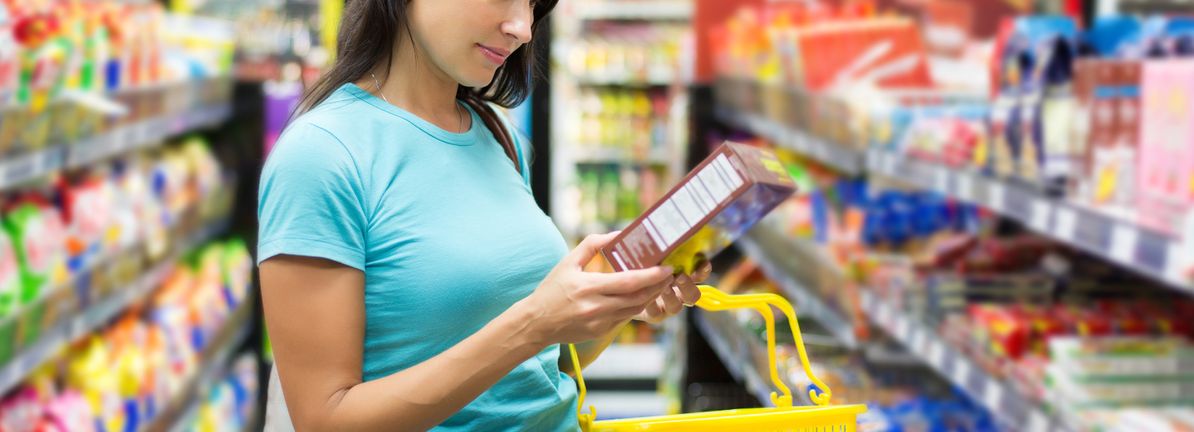
What trends should we look for it we want to identify stocks that can multiply in value over the long term? Typically, we’ll want to notice a trend of growing return on capital employed (ROCE) and alongside that, an expanding base of capital employed. If you see this, it typically means it’s a company with a great business model and plenty of profitable reinvestment opportunities. That’s why when we briefly looked at Barry Callebaut’s (VTX:BARN) ROCE trend, we were pretty happy with what we saw.
Trump has pledged to “unleash” American oil and gas and these 15 US stocks have developments that are poised to benefit.
For those who don’t know, ROCE is a measure of a company’s yearly pre-tax profit (its return), relative to the capital employed in the business. Analysts use this formula to calculate it for Barry Callebaut:
Return on Capital Employed = Earnings Before Interest and Tax (EBIT) ÷ (Total Assets – Current Liabilities)
0.13 = CHF983m ÷ (CHF18b – CHF10b) (Based on the trailing twelve months to February 2025).
So, Barry Callebaut has an ROCE of 13%. That’s a relatively normal return on capital, and it’s around the 12% generated by the Food industry.
See our latest analysis for Barry Callebaut
Above you can see how the current ROCE for Barry Callebaut compares to its prior returns on capital, but there’s only so much you can tell from the past. If you’d like, you can check out the forecasts from the analysts covering Barry Callebaut for free.
While the returns on capital are good, they haven’t moved much. Over the past five years, ROCE has remained relatively flat at around 13% and the business has deployed 76% more capital into its operations. 13% is a pretty standard return, and it provides some comfort knowing that Barry Callebaut has consistently earned this amount. Over long periods of time, returns like these might not be too exciting, but with consistency they can pay off in terms of share price returns.
On another note, while the change in ROCE trend might not scream for attention, it’s interesting that the current liabilities have actually gone up over the last five years. This is intriguing because if current liabilities hadn’t increased to 57% of total assets, this reported ROCE would probably be less than13% because total capital employed would be higher.The 13% ROCE could be even lower if current liabilities weren’t 57% of total assets, because the the formula would show a larger base of total capital employed. So with current liabilities at such high levels, this effectively means the likes of suppliers or short-term creditors are funding a meaningful part of the business, which in some instances can bring some risks.
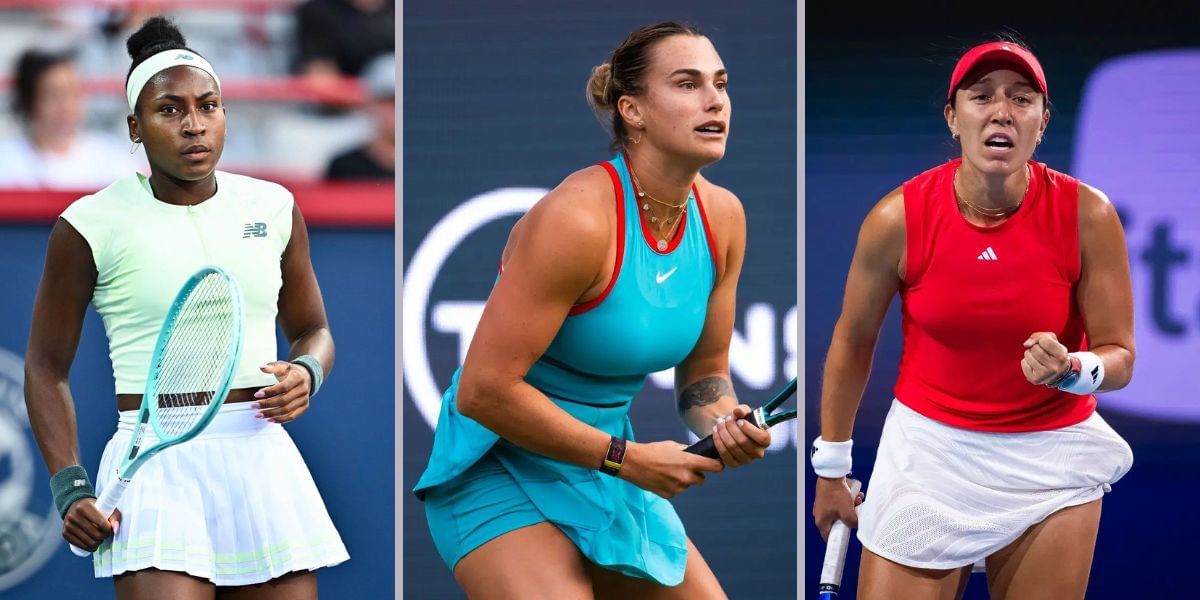
The group stage of the WTA Finals 2025 will conclude on Thursday, November 6. Coco Gauff, Aryna Sabalenka, and Jessica Pegula are in contention for the two semifinal spots from Group Steffi Graf, while Jasmine Paolini has been…